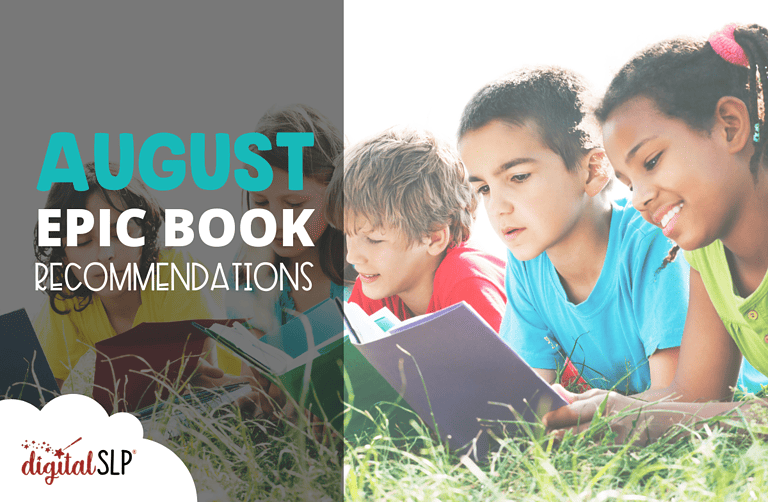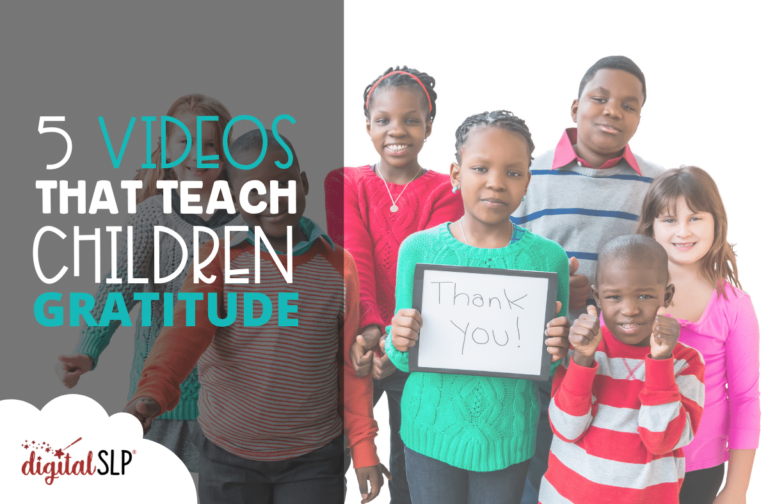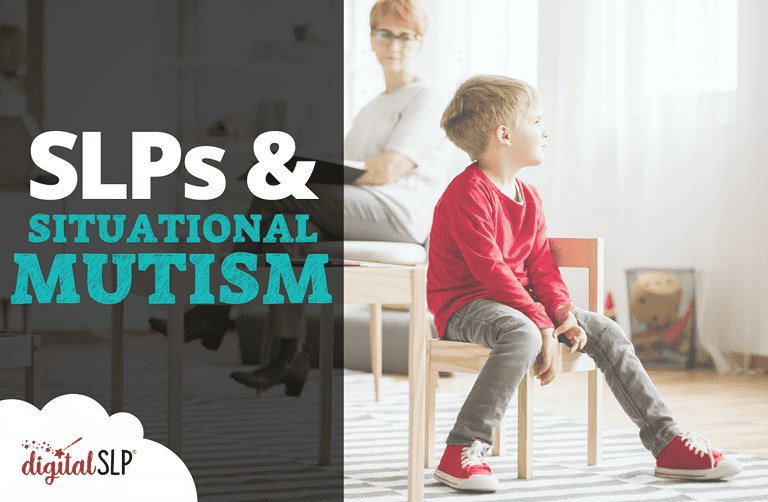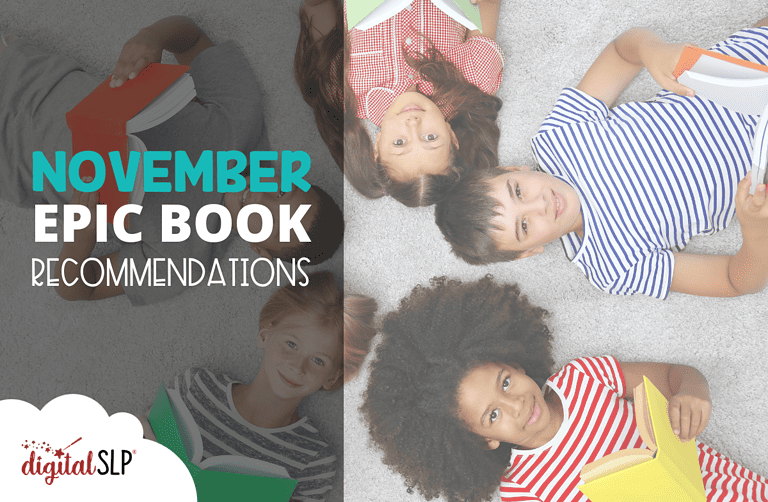This post contains affiliate links for which we may receive compensation at no additional cost to you. Click here to read our full affiliate policy.
August is a month of extremes, as temperatures soar and we soak up every last drop of summer—while also preparing for the new school year. In the midst of it all, I hope this month’s set of August Epic book recommendations will help you and your students relax into moments of ease, curiosity, and humor.
August 9th is National Book Lovers Day, and as any book lover knows, reading can transport us to another place and time. In this fun tale, a book literally transports the two main characters . . . back in time to the Triassic period, where danger and surprises lurk around every corner.
The team behind this book (Anastasiya Galkina, Ekaterina Ladatko, Diane Ohanesian, and Polina Ponomareva) have created an engaging adventure that dinosaur fans will especially love. And if they just can’t get enough, they might want to check out the follow-up, Twins Travel to the Jurassic!
Therapy ideas and skills to target:
- Adjectives: This book is full of vibrant words (e.g., “squeaky,” “gigantic,” “dusty,” “sharp”) that students can use to hone their describing skills.
- Verbs: It’s no surprise that this action-packed book has plenty of verbs, including “huddle,” “honk,” “bombard,” “nudge,” “swoop,” and “scramble.” Students could act them out, create sentences, or find synonyms.
- Extension: Students could research some of the dinosaurs featured in Twins Travel to the Triassic (Thecodontosaurus, Plateosaurus, Liliensternus, Coelophysis) and compare and contrast the information from nonfiction sources with the depictions in this book.
These Twin Travel series are also available in hardcover format:
– Twins Travel to the Triassic
– Twins Travel to the Jurassic
Knock Knock, Meow Meow! and Knock Knock, Woof Woof!
If you like pets and puns, August is your month! The 8th is International Cat Day, the 10th is National Spoil Your Dog Day, the 16th is National Tell a Joke Day, and the 26th is National Dog Day.
Naturally, the best way to celebrate these occasions is to tell jokes about dogs and cats, and Brenda Ponnay is here to help! She wrote and illustrated these two animal-themed joke books that will appeal to a wide age range of students.
Therapy ideas and skills to target:
- Multiple-meaning words: Many jokes rely on homonyms and homophones for their humor, and the ones found in these books are no exception! (Why was the cat afraid of the tree? Because of its bark!) Students could discuss the various examples throughout the two books.
- Figurative language: Humor also frequently involves figurative language like idioms. Students could find examples (e.g., “two left feet”) from the jokes in the books, and draw pictures that contrast the literal meaning with the intended meaning.
- Extension: Have a comedy showcase! Students with articulation goals could look for (and perform) jokes that have their target sounds, or they could even write their own jokes.
Get this purr-ifically illustrated book in hardcover.
Each book in our August collection offers something valuable, but this one is extra special—particularly for our students with sensory differences. It shares the story of Thunder, a boy whose mosom (grandfather) teaches him a gentle strategy to use when he is overwhelmed by the noises in his environment.
Thunder and the Noise Storms was written by two Cree authors (Jeffrey Ansloos and Shezza Ansloos), and illustrated by an Anishinaabe artist (Joshua Mangeshig Pawis-Steckley), and reading it would be a beautiful way to honor the International Day of the World’s Indigenous People on August 9th.
Therapy ideas and skills to target:
- Onomatopoeia: Because this book is all about noise, it includes many words that depict sounds, including “honk,” “vroom,” “kapow,” “swish,” “boom,” and “burble.” For each example of onomatopoeia, students could describe situations where they might hear similar sounds.
- Personal narrative: Students could share stories about a time they were in a noisy place, a time they felt overwhelmed, or a time when something filled them with wonder.
- Extension: Students could explore additional dimensions of Cree culture and language. They could also try the strategy of mamaskasitawew (described in the book) and report back about the results!
This gentle and invitingly illustrated story book is also available in hardcover.
On August 12th, celebrate World Elephant Day by sharing this sweet piece of visual storytelling with your caseload!
David Barrow’s short picture book is filled with gentle humor that can be understood on multiple levels, making it an appropriate option for most elementary students.
Therapy ideas and skills to target:
- Where-questions and prepositions: Each page of this book features an elephant “hiding” in various locations. As your students look at the pictures, you could ask them where the elephant is hiding, and they could answer using a preposition (e.g., “behind the lamp”).
- What’s surprising: Giggles will ensue as students observe the large elephant hiding in small spaces—and his friend who somehow still can’t find him! They could discuss what’s unexpected/surprising on each page, and this book could even be an introduction to irony for older students.
- Extension: Students could check out the elephants featured on the digital SLP’s Safari Virtual Field Trip, or do some research about why elephants are endangered and how to protect them.
Grab a hardcover version of this beautifully illustrated picture book at Amazon.
The word “folklore” was first used on August 22, 1846 by a British man named William G. Thorns, and now the diverse art forms in this category (including folk tales) are celebrated annually on August 22 as part of World Folklore Day.
This book resulted from a collaboration between its author (Carol Alexander) and three illustrators (Bonna Rouse, Barbara Bedell, and Katherine Berti), and it provides a thorough introduction to folktales. Students will learn some of the common features of these stories, and might even be inspired to create their own!
Therapy ideas and skills to target:
- Retell: After exploring some of the classic folktales featured in this book (e.g., “Paul Bunyan Tames the Whistling River”), students could recount the stories, making sure to include all key elements.
- Articulation: When students are ready to make up their own folktales, you could require them to highlight their target sounds (e.g., a student working on /f/ could tell a folktale about a frog and its father).
- Extension: Once students understand the general structure and purpose of folktales, they could learn about related genres, including fairy tales, fables, and myths.
This exciting title is also available in hardcover and paperback.
All of these books are available for free through Epic when you sign up for an educator account, or you could request them from your local library. Enjoy!













Recent Comments